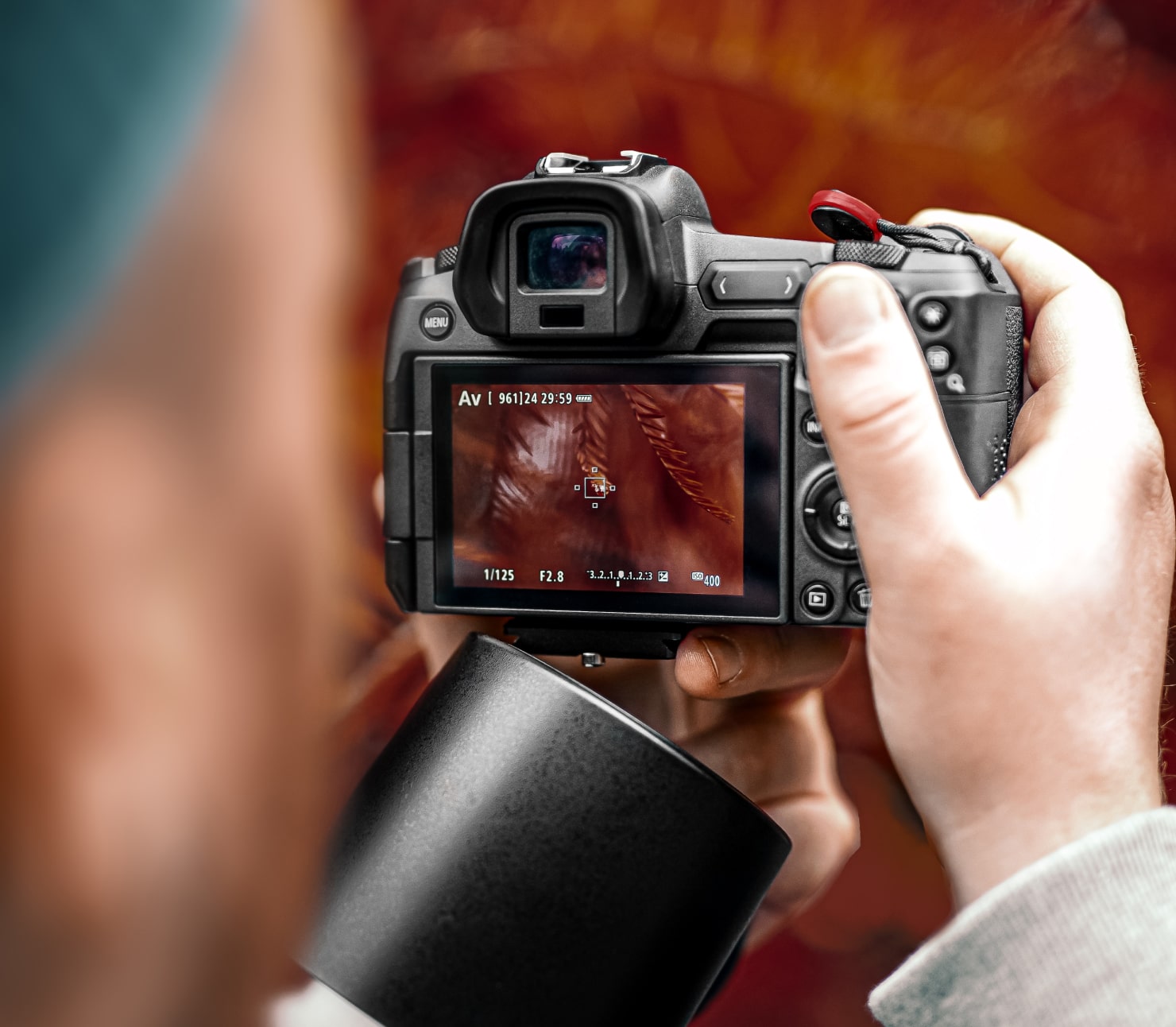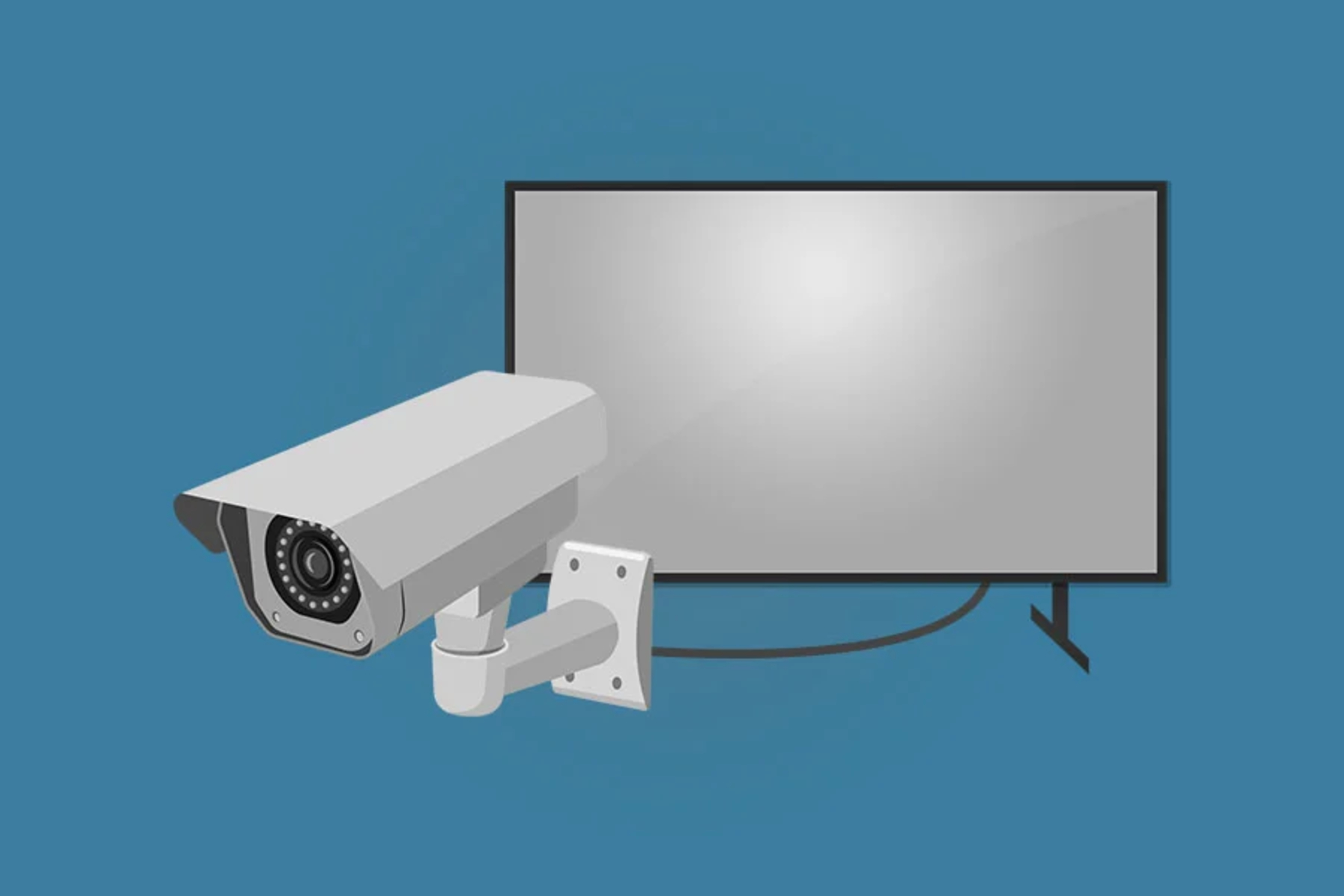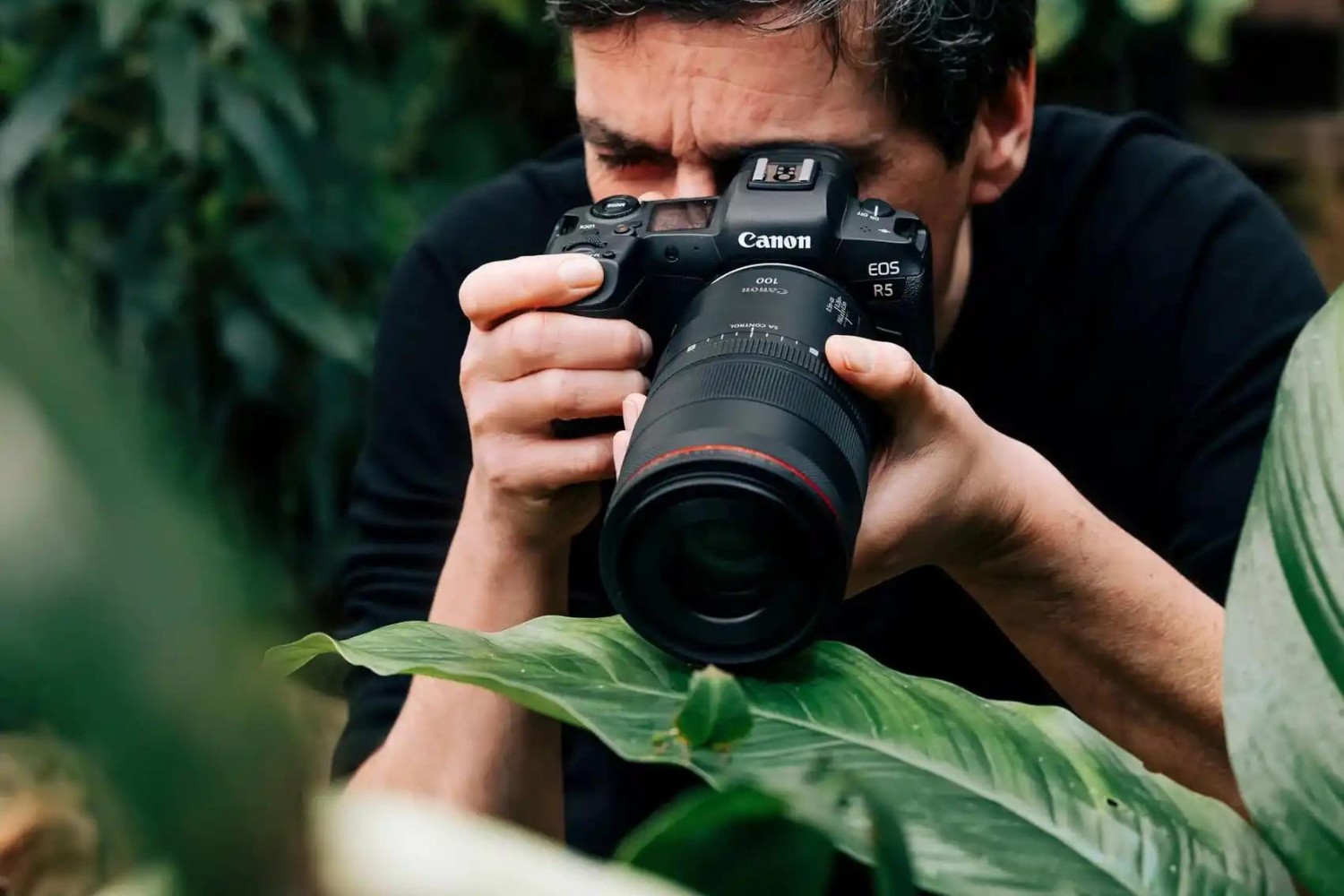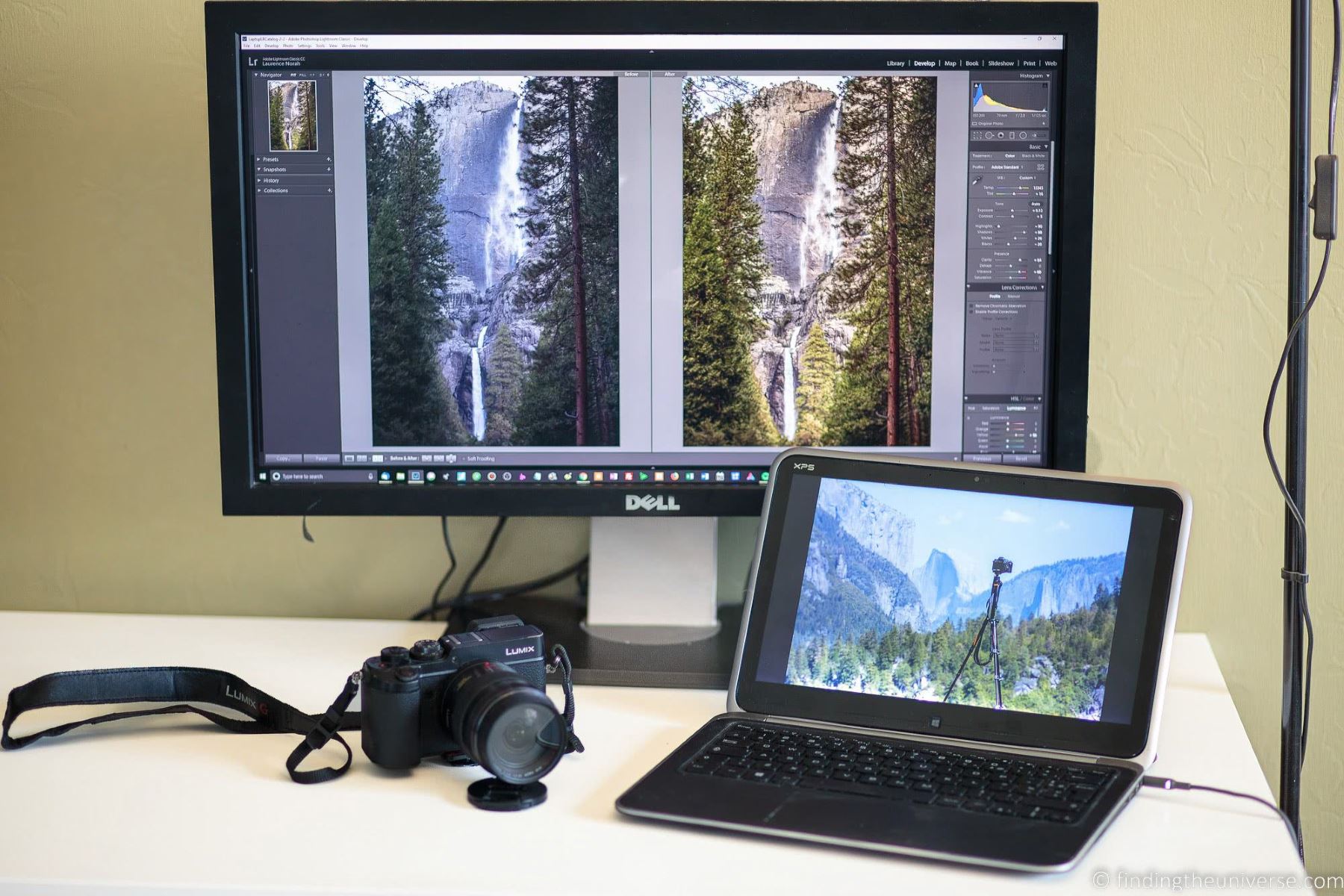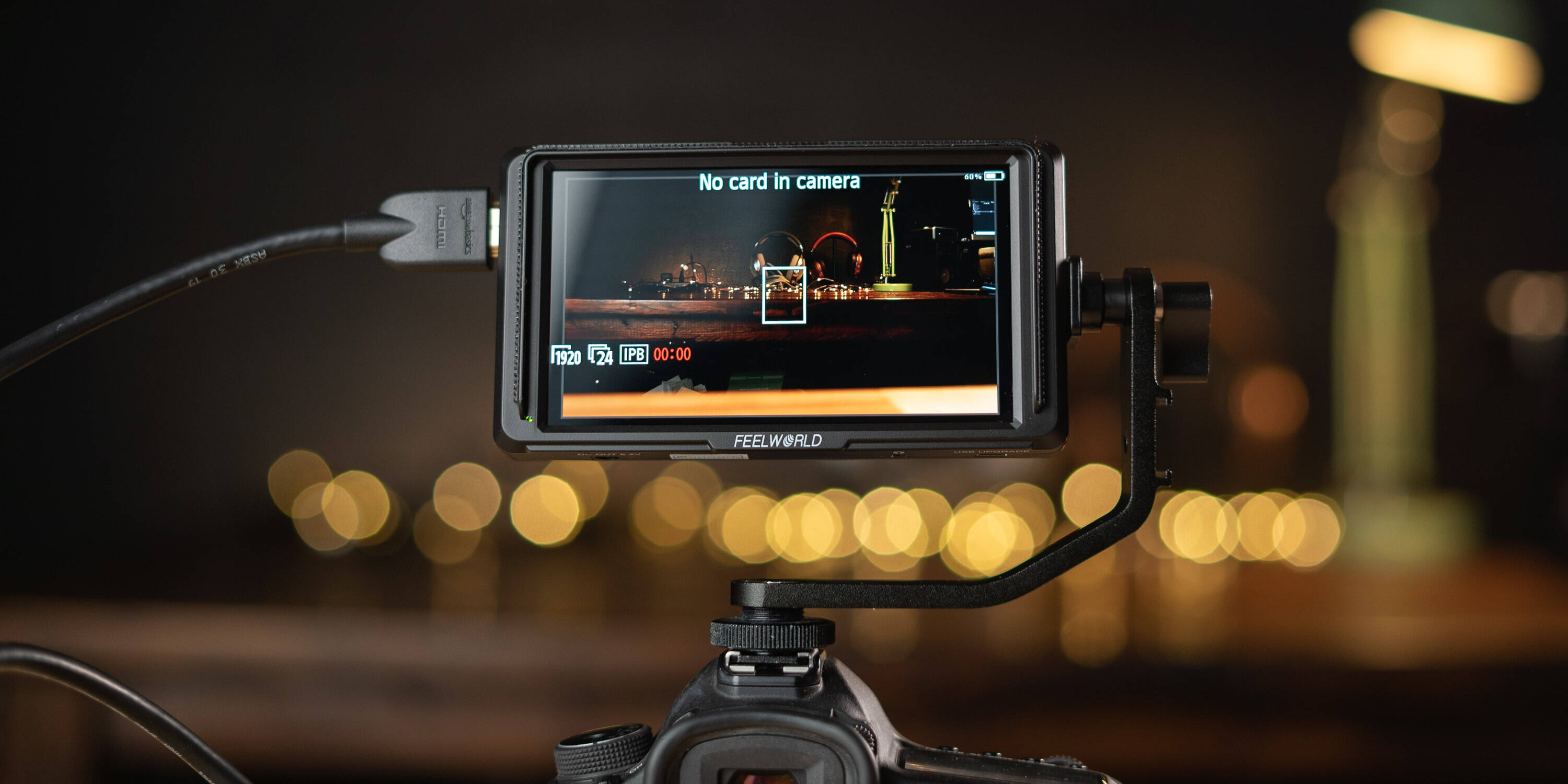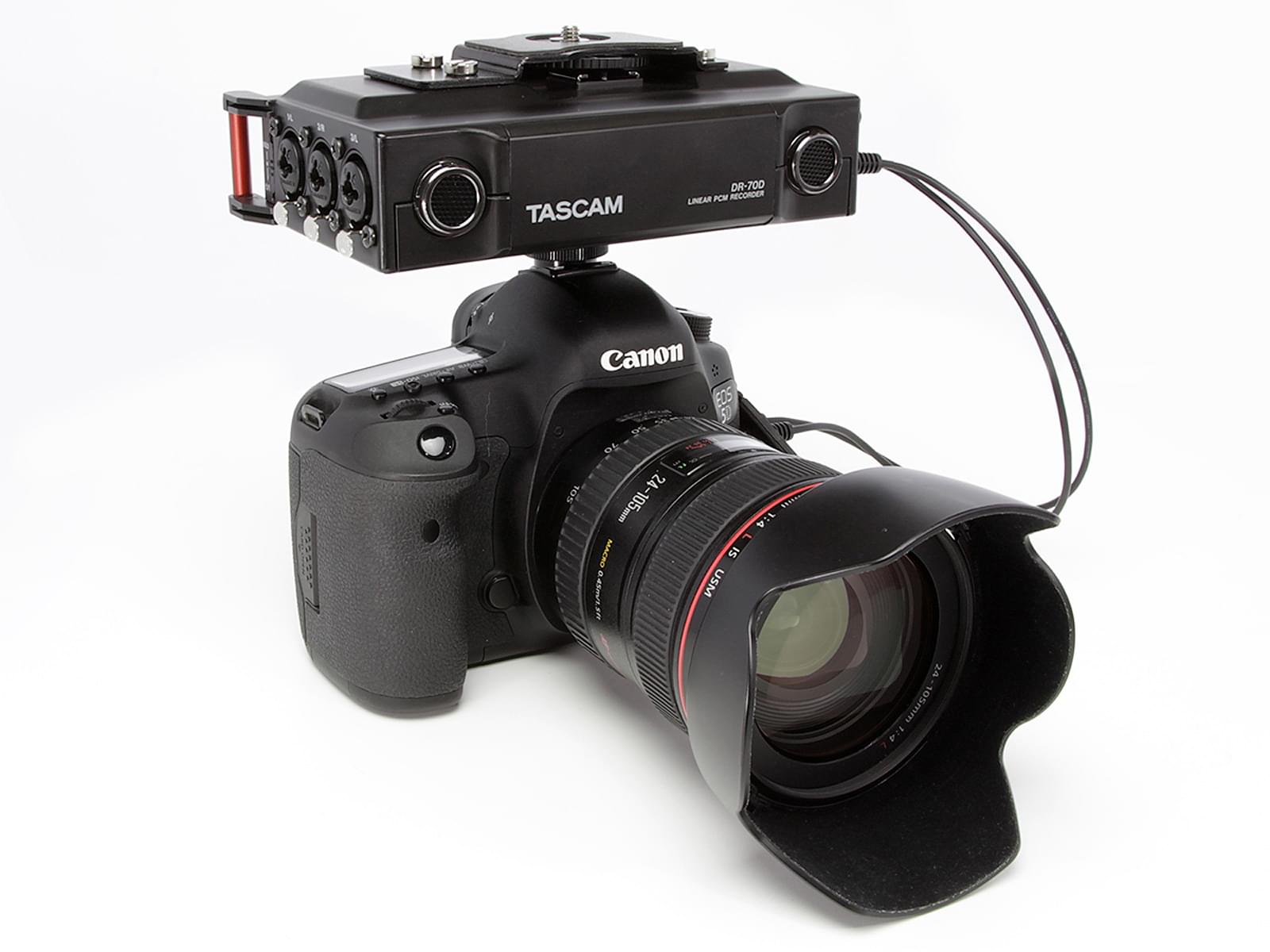Introduction
Understanding the technical aspects of photography is essential for capturing stunning images. One such technical element that significantly impacts the composition and presentation of photographs is the aspect ratio. In the realm of digital single-lens reflex (DSLR) cameras, the aspect ratio plays a crucial role in determining the dimensions and visual appeal of the images captured. This article delves into the normal aspect ratio for DSLR cameras, shedding light on its significance and implications for photographers.
The aspect ratio of an image refers to the proportional relationship between its width and height. It is often expressed as two numbers separated by a colon, such as 4:3, 3:2, or 16:9. This ratio dictates the shape of the image, influencing how it is perceived by viewers. Understanding the implications of different aspect ratios empowers photographers to make informed decisions when composing and framing their shots.
In the context of DSLR cameras, the aspect ratio holds particular relevance due to the versatility and precision these cameras offer. By comprehending the normal aspect ratio for DSLR cameras, photographers can harness the full potential of their equipment to capture visually compelling and aesthetically pleasing images. This article aims to elucidate the intricacies of aspect ratio in the context of DSLR photography, empowering photographers to leverage this technical aspect to enhance their creative vision.
Understanding Aspect Ratio
Aspect ratio is a fundamental concept in photography that profoundly influences the visual impact of an image. It is defined as the proportional relationship between the width and height of a photograph. Common aspect ratios include 4:3, 3:2, and 16:9, each yielding distinct visual results. Understanding the nuances of aspect ratio is crucial for photographers seeking to convey specific moods or emphasize particular elements within their compositions.
When considering aspect ratio, it’s essential to recognize that different ratios can evoke varied emotional responses and alter the perception of space within an image. For instance, a 4:3 aspect ratio tends to be more square-like, providing a balanced and stable feel to the composition. On the other hand, a 16:9 aspect ratio, often associated with widescreen formats, can create a sense of expansiveness and cinematic grandeur. The choice of aspect ratio can significantly impact the storytelling capacity of an image, influencing how the viewer engages with the visual narrative.
Furthermore, aspect ratio directly affects the framing and composition of a photograph. A wider aspect ratio, such as 16:9, may be well-suited for capturing sweeping landscapes or panoramic vistas, allowing for a broader expanse of visual information within the frame. Conversely, a more square-like aspect ratio, such as 4:3, might be preferable for portraits or still-life photography, providing a more intimate and contained visual field.
Photographers must also consider the intended display format when selecting an aspect ratio. For instance, images destined for social media platforms may benefit from specific aspect ratios that align with the platform’s display parameters, ensuring optimal presentation and engagement.
Understanding the nuanced interplay between aspect ratio, visual storytelling, and compositional dynamics equips photographers with the knowledge to make deliberate and impactful choices when capturing and presenting their imagery. By mastering the intricacies of aspect ratio, photographers can harness this technical element to convey their artistic vision with precision and artistry.
Normal Aspect Ratio for DSLR Cameras
DSLR cameras, renowned for their versatility and image quality, typically adhere to specific aspect ratios that cater to a wide range of photographic genres. The most prevalent and standard aspect ratios for DSLR cameras are 3:2 and 4:3. These ratios are meticulously calibrated to complement the capabilities of DSLR sensors and the traditional printing formats commonly used in photography.
The 3:2 aspect ratio, often considered the standard for DSLR cameras, mirrors the dimensions of 35mm film, a format deeply ingrained in the history of photography. This ratio provides a balance between width and height, making it well-suited for a diverse array of photographic subjects, from landscapes and portraits to street photography and documentary work. The 3:2 aspect ratio offers photographers a versatile canvas for expressing their creative vision, allowing for ample compositional flexibility while maintaining a classic aesthetic appeal.
On the other hand, the 4:3 aspect ratio, commonly found in micro four-thirds cameras and some DSLRs, presents a slightly squarer format. This ratio is favored for its suitability in various applications, including portrait photography, as it provides a more contained and intimate framing for subjects. Additionally, the 4:3 aspect ratio is well-matched for displaying images on digital devices, aligning with the dimensions of many modern screens and electronic displays.
It is important to note that while these aspect ratios are considered standard for DSLR cameras, modern advancements in photography have expanded the creative possibilities by offering customizable aspect ratio settings in some camera models. This empowers photographers to experiment with unconventional ratios, catering to specific visual narratives and artistic expressions.
Understanding the normal aspect ratios for DSLR cameras enables photographers to make informed decisions when framing their shots, ensuring that the chosen ratio harmonizes with the intended subject matter and visual storytelling objectives. By leveraging these standard aspect ratios or exploring custom options, photographers can effectively convey their creative intent while harnessing the full potential of their DSLR equipment.
Importance of Aspect Ratio in Photography
The aspect ratio of a photograph holds profound significance in shaping its visual impact and storytelling capacity. Understanding the importance of aspect ratio in photography empowers photographers to craft compositions that effectively convey their artistic vision while resonating with viewers on an emotional and aesthetic level.
First and foremost, aspect ratio plays a pivotal role in dictating the visual balance and harmony within an image. The choice of aspect ratio can influence the perception of space, guiding the viewer’s gaze and evoking specific emotional responses. For instance, a wider aspect ratio, such as 16:9, can imbue a sense of expansiveness, ideal for capturing sweeping landscapes or architectural marvels. Conversely, a more squared format, like 4:3, may lend itself well to intimate portraits or still-life compositions, fostering a sense of closeness and containment.
Furthermore, aspect ratio directly impacts the compositional dynamics of a photograph. It determines how elements are arranged within the frame, guiding the viewer’s attention and establishing a visual hierarchy. A well-suited aspect ratio can enhance the overall coherence and visual flow of an image, elevating its storytelling prowess and aesthetic allure.
Moreover, the aspect ratio influences the presentation and display of photographs across various mediums. Whether intended for print, digital platforms, or cinematic projection, the choice of aspect ratio ensures that the image is optimally showcased, maintaining its intended visual impact and narrative integrity. This adaptability is particularly crucial in the digital age, where images are viewed across a multitude of devices and screen dimensions.
From a creative standpoint, aspect ratio serves as a powerful tool for photographers to express their unique perspectives and convey specific narratives. By strategically selecting an aspect ratio that aligns with the thematic essence of their work, photographers can imbue their compositions with a distinct mood and visual resonance, effectively engaging viewers and eliciting emotional responses.
Ultimately, the importance of aspect ratio in photography lies in its capacity to shape the visual language of an image, influencing its emotional resonance, compositional dynamics, and storytelling potential. By recognizing and harnessing the impact of aspect ratio, photographers can elevate their craft, crafting imagery that captivates and resonates with audiences while authentically reflecting their creative intent.
Choosing the Right Aspect Ratio for Your Photography
When embarking on a photographic journey, selecting the appropriate aspect ratio is a pivotal decision that significantly influences the visual narrative and emotional resonance of your images. Understanding how to choose the right aspect ratio for your photography empowers you to craft compositions that authentically convey your artistic vision while captivating viewers with their visual allure.
First and foremost, consider the subject matter and thematic essence of your photographic work. Different aspect ratios lend themselves to specific genres and visual narratives. For expansive landscapes and architectural marvels, a wider aspect ratio, such as 16:9, may accentuate the grandeur and vastness of the scenes, inviting viewers to immerse themselves in the sweeping vistas. Conversely, for intimate portraits or still-life compositions, a more squared format, like 4:3, can foster a sense of closeness and containment, allowing the subjects to command attention within the frame.
Furthermore, contemplate the intended display format and platform for your images. If your work is primarily destined for digital platforms or social media, consider aspect ratios that align with the display parameters of these mediums, ensuring that your images are optimally presented and visually impactful. By tailoring the aspect ratio to suit the intended display environment, you can enhance the overall viewing experience and engagement with your photography.
Additionally, explore the storytelling potential inherent in different aspect ratios. Each ratio imparts a distinct mood and visual language to your compositions, influencing the emotional resonance and narrative depth of your images. Experimenting with various aspect ratios allows you to imbue your photography with diverse tonalities and visual dynamics, enriching the storytelling capacity of your work and captivating viewers with its evocative power.
Moreover, consider the technical implications of different aspect ratios, particularly in relation to printing and framing your photographs. Certain aspect ratios may align more seamlessly with standard print sizes or traditional framing options, streamlining the process of showcasing your work in physical formats. By factoring in these practical considerations, you can ensure that your chosen aspect ratio harmonizes with the logistical aspects of presenting and sharing your photography.
Ultimately, choosing the right aspect ratio for your photography is a deeply personal and creative decision. It entails a thoughtful consideration of the thematic essence, visual impact, and intended display context of your work. By embracing the versatility and expressive potential of different aspect ratios, you can craft compositions that authentically reflect your creative vision while resonating with viewers on an emotional and aesthetic level.







